Gunkanjima (official name: Hashima), an island located about 19km southwest of Nagasaki Port in Nagasaki Prefecture. It came to be called "Gunkanjima" (literally means 'Battleship Island') because it resembles the "Tosa", a former battleship of the Japanese Navy.
Coal was discovered in the late Edo period, and since 1890, it has flourished as an undersea coal mine. Although it is now closed, it has become a popular tourist spot in the Kyushu region because you can see historical remains and it was registered as a cultural heritage of the World Heritage as one of the "Sites of Japan’s Meiji Industrial Revolution: Iron and Steel, Shipbuilding, and Coal Mining" in 2015. Not only Japanese but also the number of foreign visitors to Japan visiting this island is increasing.
However, there are many things you want to know in advance, such as the island is not accessible to individuals, and you may not be able to land in bad weather. Therefore, in this article, we will introduce things you want to know in advance, such as the history of Gunkanjima, highlights, reservation methods, and precautions during the tour.
※When you purchase or reserve the products introduced in the article, a portion of the sales may be returned to FUN! JAPAN.
👉Gunkanjima Landing Tour and Digital Museum Visit|Departure from Nagasaki
👉Battleship Island Cruise Experience in Nagasaki
What is the uninhabited 'Gunkanjima' floating in the Goto Sea of Nagasaki City? Let's learn about its history in advance
"Gunkanjima" is a very small uninhabited island, about 160m wide and 480m long, floating in the Goto-nada Sea, about 19 km from Nagasaki Port by boat, southwest of Nagasaki Port in Nagasaki Prefecture, beyond Iojima, Takashima, and Nakanoshima. Its official name is "Hashima", but it came to be called "Gunkanjima" because its appearance, with high-rise apartments standing in rows on the island, resembles the old Japanese Navy battleship "Tosa".
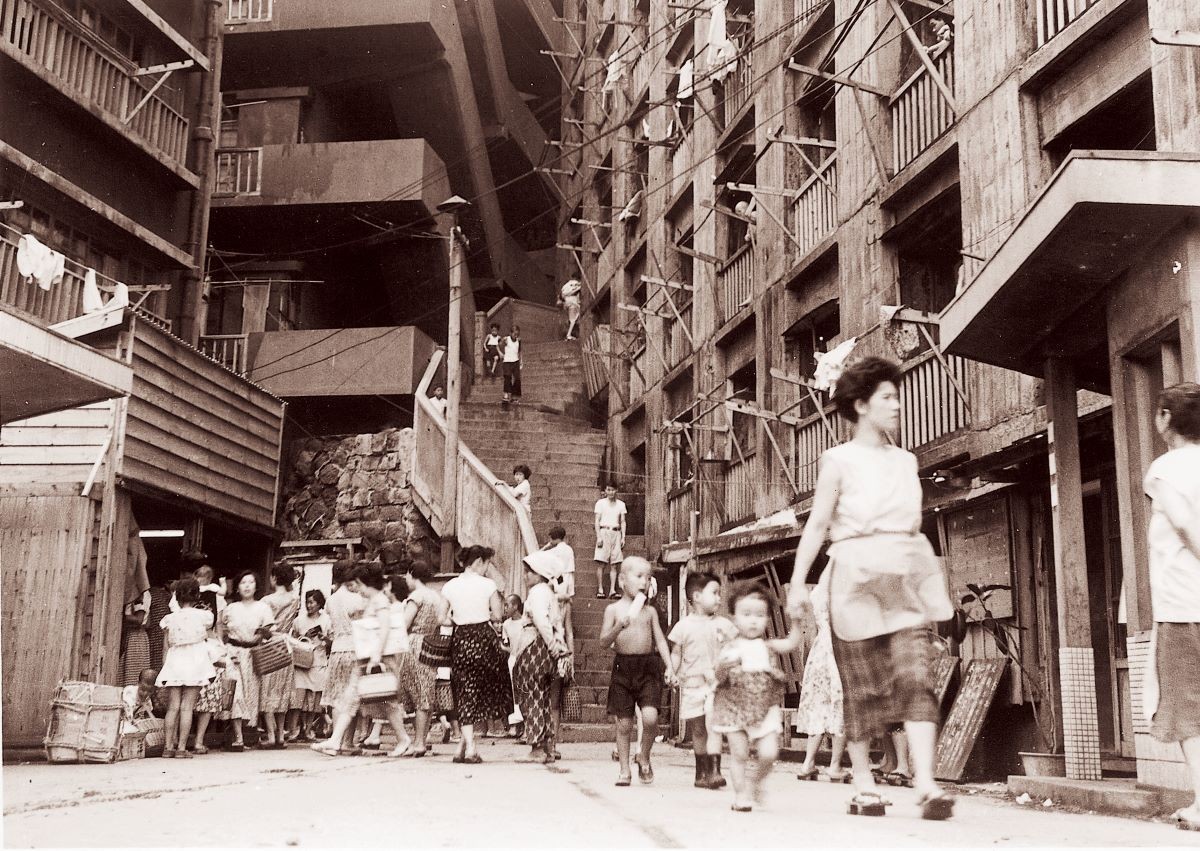
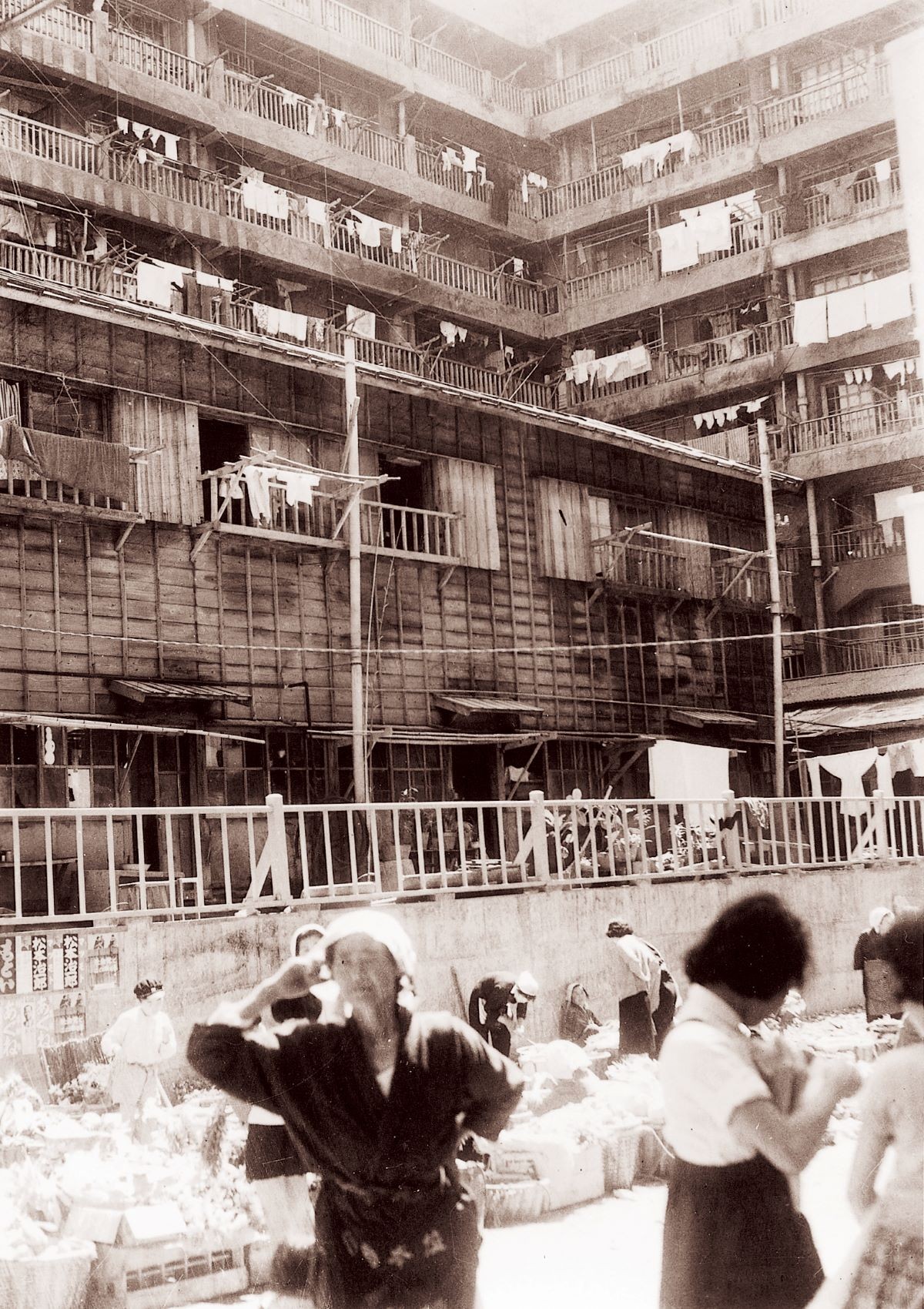
The history of Gunkanjima dates back to around 1810 in the late Edo period when coal was discovered. Subsequently, from 1890, it developed as a full-scale undersea coal mine, and with the development of the coal mine, housing construction for employees was actively carried out. In 1916, Japan's first reinforced concrete high-rise apartment building was constructed. After that, high-rise apartments were built one after another, and in addition to elementary and junior high schools and restaurants, there were also entertainment facilities such as movie theaters, and it was very lively.
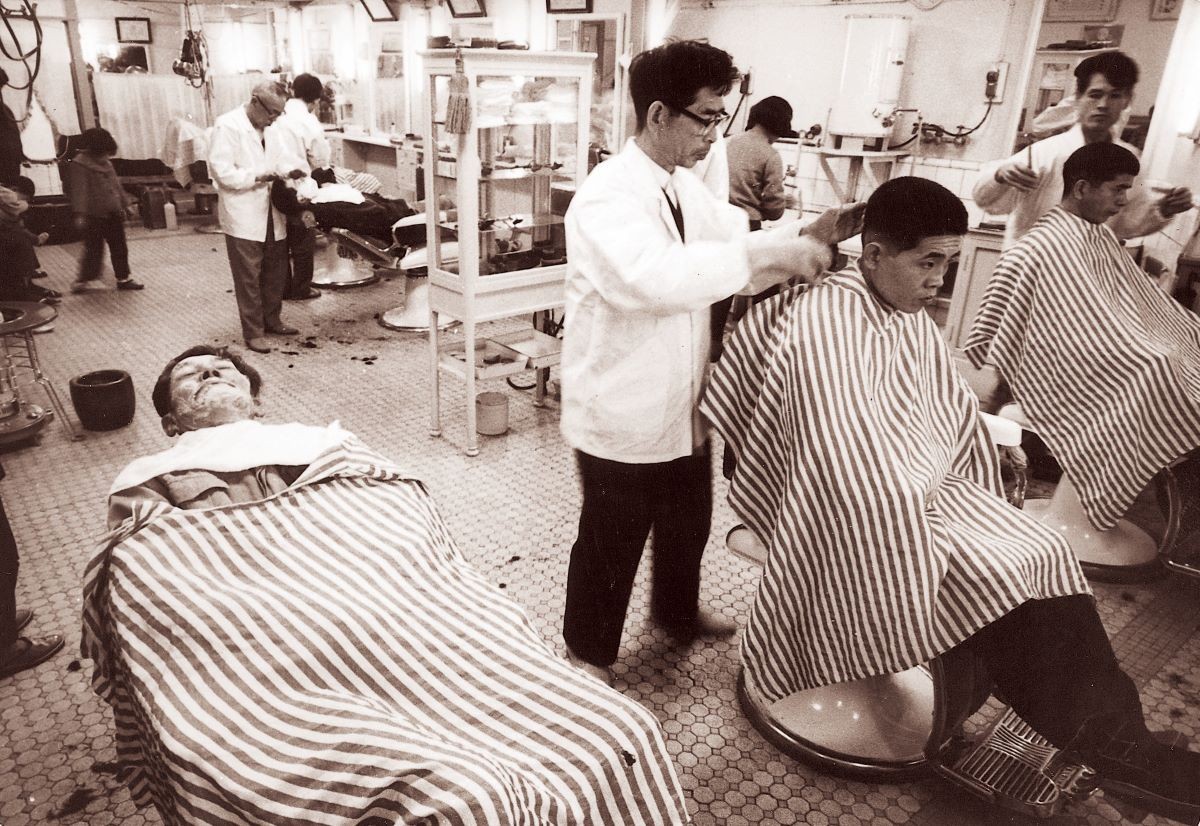

It is said that about 5,200 people lived on Gunkanjima, which flourished as a coal mining city during its peak in the 1960s. Despite being a small island with an area of just 6.3ha, the island's population density was once the highest in the world.

Moreover, the miners on Gunkanjima had high salaries, and it was common for each household to own a television, making it the highest television penetration rate in Japan at the time. However, in response to the national energy transition policy, the mine was closed in 1974. All the islanders had to leave the island, which has remained uninhabited to this day.
A thorough explanation of the highlights of Gunkanjima
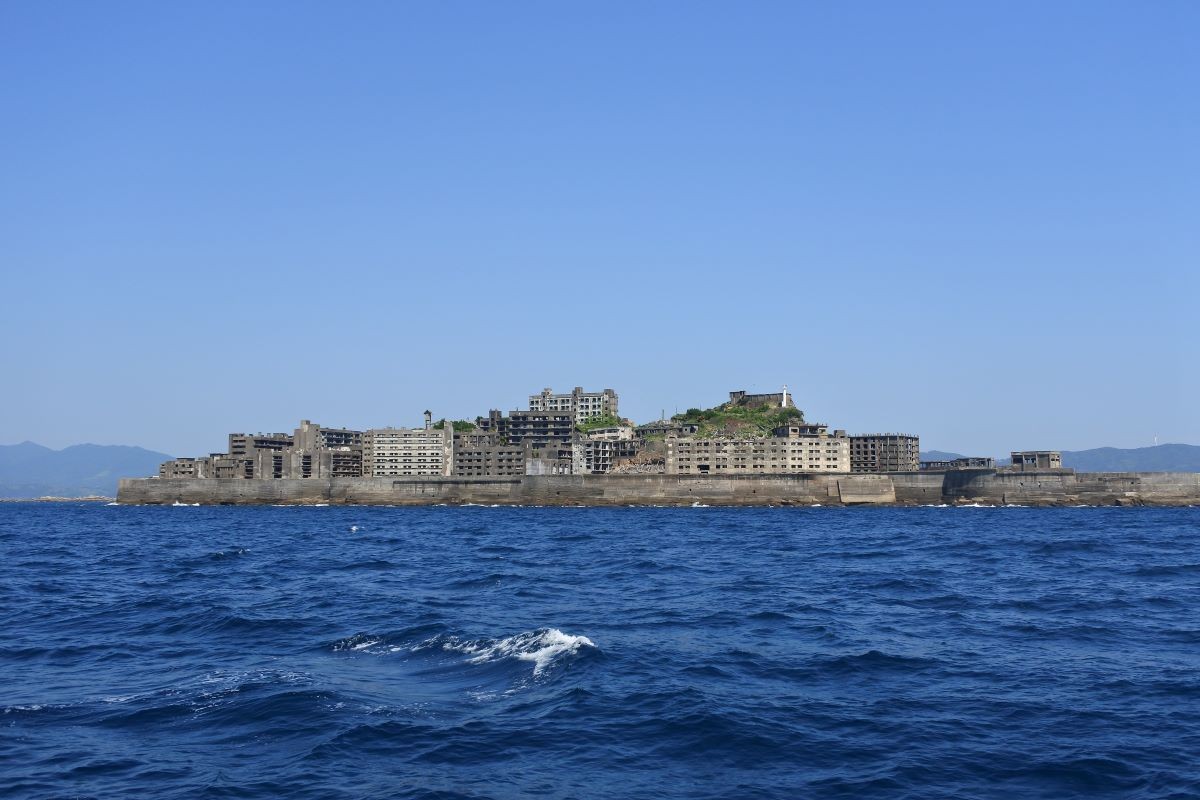
Gunkanjima has recently become a popular location for film and television dramas, including the live-action movie of the popular manga "Attack on Titan". Furthermore, it has once again attracted attention since it was registered as a World Cultural Heritage site in 2015.
There are many dangerous places on the island, and due to the aging of the buildings, it was prohibited to enter, but now part of the island has been maintained and it is possible to land and tour. Currently, individual landing and sightseeing are not allowed. You need to participate in Gunkanjima tour operated by the ship company.
Currently, the following 1st to 3rd viewing plazas are the places where tour guests can visit. From the viewing plaza, you can overlook the ruins that still remain, and you can catch a glimpse of life at that time.
What are the highlights of Battleship Island? Summary of points for each viewing location
Highlights of the first viewing plaza on Gunkanjima
Upon landing from the Dolphin Pier, the gateway to Gunkanjima, the first thing you will see is the First Observation Plaza.
From the First Observation Plaza, you can mainly see the water storage tank (a tank for storing underwater water supply), Staff Residence No. 3, Building No. 65, elementary and junior high schools, the base of the belt conveyor, and the hole of the belt conveyor. Once known as the "Island without Greenery" due to its lack of nature, the island is now densely covered with trees, resembling a jungle.
Looking up from the observation plaza, you will see a small hill at an altitude of 48 meters above sea level, and Staff Residence No. 3 comes into view. This high-rise apartment was home to the executive staff who managed the coal mine. There was no elevator. The apartments were connected by aerial corridors and stairs on each floor. This was one of the ways to live on a small plot of land. Also, if you go north from the plaza, you will find Hashima Elementary and Junior High School. The 1st to 4th floors were the elementary school, and the 5th to 7th floors were the junior high school, which was attended by the children of the parents who worked in the coal mine.
Highlights of the second viewing plaza on Gunkanjima
The second viewing plaza is an area where the offices, warehouses, and workshops of the coal mine development, which can be said to be the center of the island, were located. You can see the seawall, the brick walls of the buildings, stairs, the general office, and the lift station leading to the coal mine. The brick building was the general office, the nerve center of the mine. Inside, there were communal baths for the people working in the coal mine. There were also various office buildings such as company offices and meeting rooms, and related facilities of the second mine entrance. It is a place where you can feel the atmosphere of the time when Gunkanjima was thriving. One of the features is the unique atmosphere like a ruin, as most of the buildings are on the verge of collapse due to aging.
Highlights of the third viewing plaza on Gunkanjima
The last place to visit on the Gunkanjima tour is the third viewing plaza. You can see the first seven-story reinforced concrete high-rise apartment building built in Japan in 1916. The apartment building, named "Building No. 30", has a history of over 100 years, but it is now collapsing and may not be visible in a few years. You can also see the remains of a pool for residents. Although Gunkanjima was surrounded by the sea, the waves were high and not suitable for swimming, so they built a full-scale pool.
Landing on Gunkanjima is only possible on a cruise tour
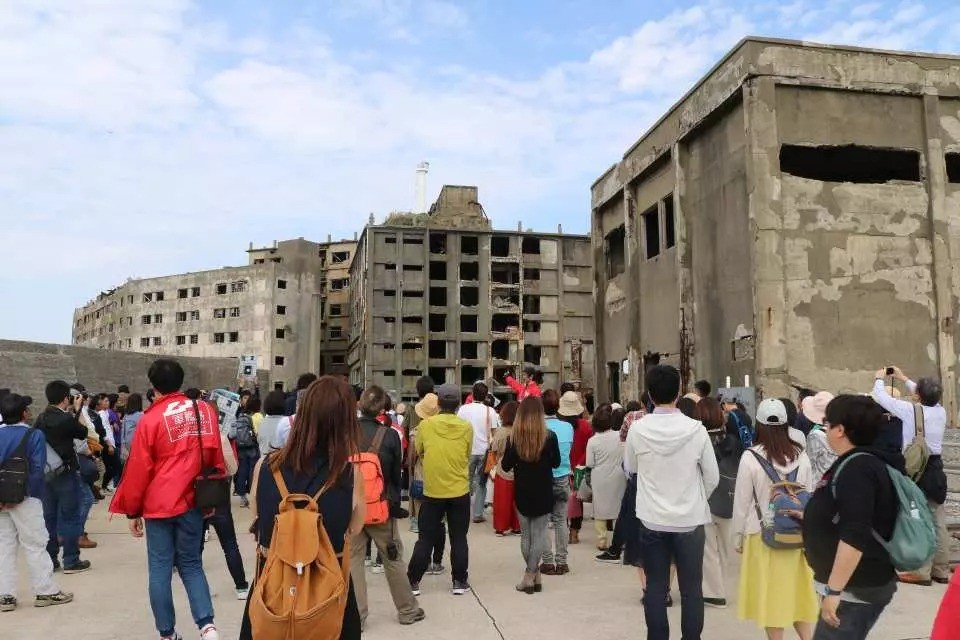
In order to land and tour Gunkanjima, you need to participate in a landing tour of a shipping company that has been granted permission to use the Hashima Pier by Nagasaki City. Reservations are required to participate in the tour. Landing individually is prohibited.
The estimated time required varies depending on the tour company, but the boarding time is about one hour, and the landing stay time is also about one hour.
Depending on the tour company, there are often two tours a day, with departure times often around 9 am for the morning cruise and 13-14 pm for the afternoon cruise. The tour fee is around 3500-4000 yen. Depending on the weather, if you cannot land, it will be a Gunkanjima cruise. In that case, enjoy the distant view of the sea area, the ruins of buildings, shrines, etc. while sailing around Gunkanjima.
Also, depending on the tour company and plan, there are some that stop by the Gunkanjima Digital Museum before departure, learn about history, and then head to the site, and some that visit Gunkanjima after stopping by Takashima.
Gunkanjima Landing Cruise Companies
- Yamasa Shipping: https://www.gunkan-jima.net/ (Japanese, English, Traditional Chinese)
- Takashima Marine Traffic: http://www.takashima-kaijou.jp/ (Japanese)
- Gunkanjima Concierge: https://www.gunkanjima-concierge.com/ (Japanese, English, Simplified Chinese, Traditional Chinese)
- Seaman Trading Company: https://www.gunkanjima-tour.jp/ (Japanese)
Book a tour here
👉Gunkanjima Landing Tour and Digital Museum Visit|Departure from Nagasaki
👉Battleship Island Cruise Experience in Nagasaki
Flow of Gunkanjima tour and points to note in advance
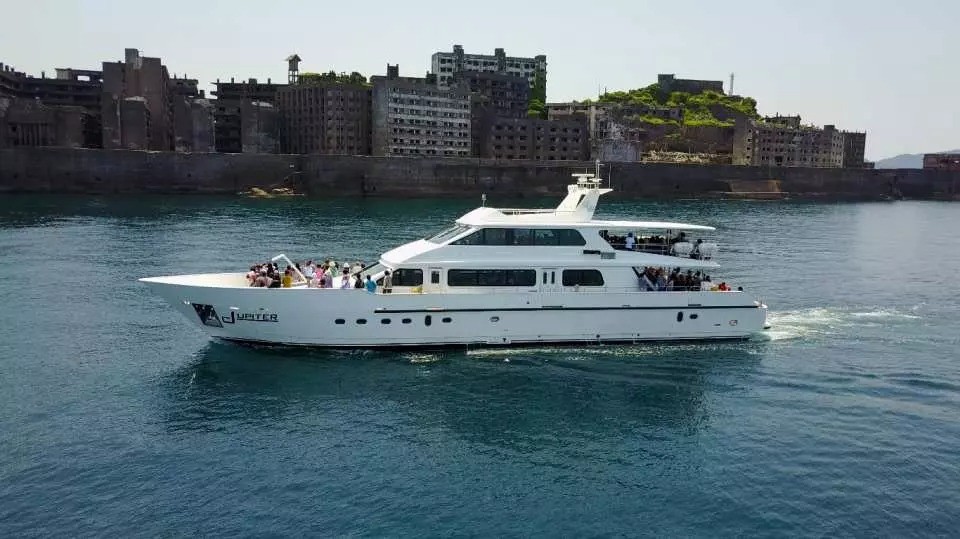
After departure (the departure location varies depending on the tour operator), it takes about 30 minutes to 1 hour to land (varies depending on the operator and weather). After landing, for safety and cultural property protection, only the designated 1st to 3rd viewing areas can be visited. The stay time is short, about 1 hour, and you cannot freely tour the island. After the tour, get on the boat and head back.
Points to note from before landing to after landing on the Gunkanjima tour
Before landing
- As the boat may sway heavily when it goes offshore, those who are prone to seasickness should bring motion sickness medicine.
- If the waves are high, you may get wet, so wear a raincoat.
- For landing and touring, a signature is required on the "Safety Precautions and Pledge for Landing on Gunkanjima".
After landing
- After landing, you cannot freely stroll around, and areas other than the viewing path are off-limits. Follow the instructions of the dedicated tour guide. There are no toilets or shops on Gunkanjima.
- If the wind speed exceeds 5 meters or the wave height exceeds 0.5 meters, landing is not possible. If you cannot land, you will mostly change to a "cruise" that tours around by boat without landing. There may also be places that you cannot visit when you land, such as residential areas that are off-limits, which you can view from the boat. Also, if the tour changes from landing to cruising, the tour fee may be refunded.
- August is a relatively easy season to land, but there are no shaded areas on the island, so the reflection can be strong, and the temperature can rise to over 48℃. Take measures against heatstroke.
Gunkanjima flourished as a coal mining island from around 1890, becoming one of the coal mines that supported Japan's modernization. Nowadays, the lined-up ruins of houses are popular even among foreigners. There are unique rules to Gunkanjima, such as individual sightseeing is not allowed, and you cannot land unless the weather conditions are met.
Gunkanjima (Hashima)
Address: Hashima, Takashima Town, Nagasaki City, Nagasaki Prefecture 851-1315
👉Join this tour as well!
👉Huis Ten Bosch: Admission Ticket | Nagasaki, Kyushu, Japan
👉Book a guided day tour around the land of the Mongol invasions (Nagasaki and Tsushima)
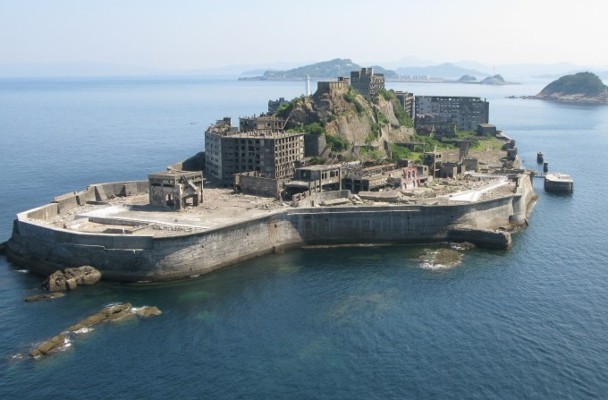
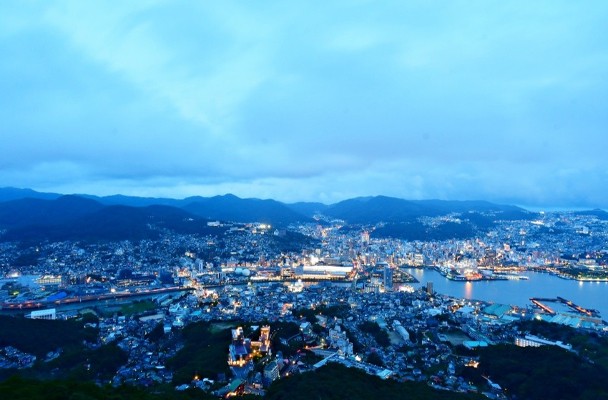
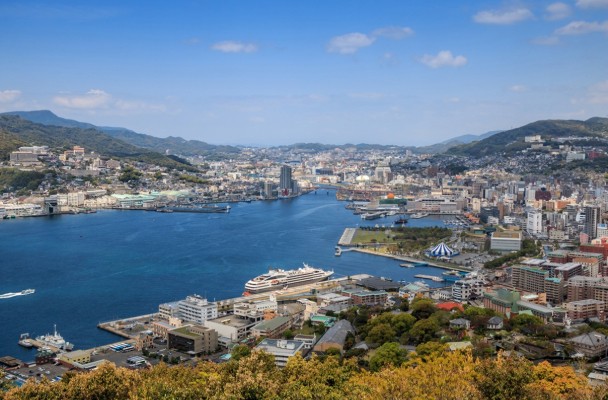
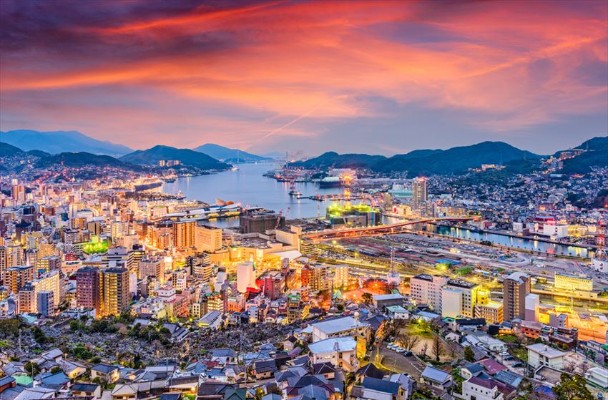
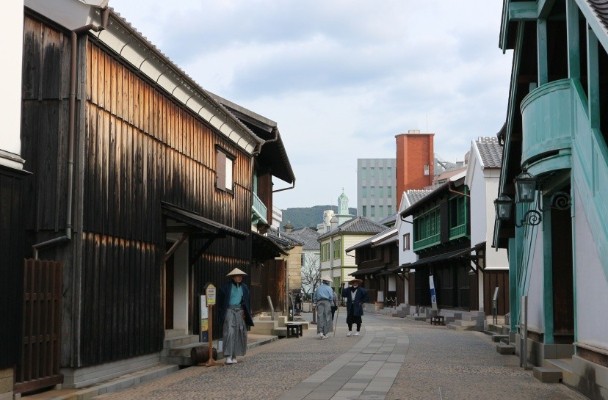
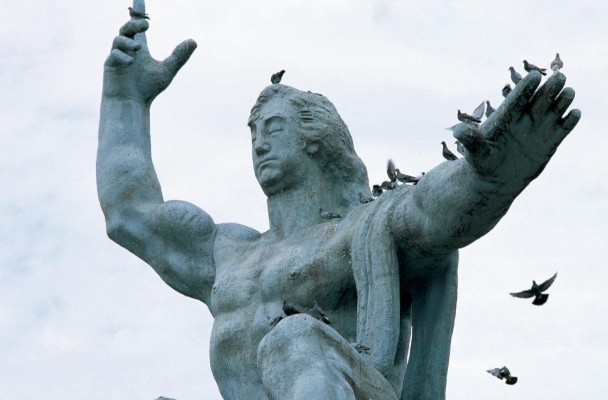
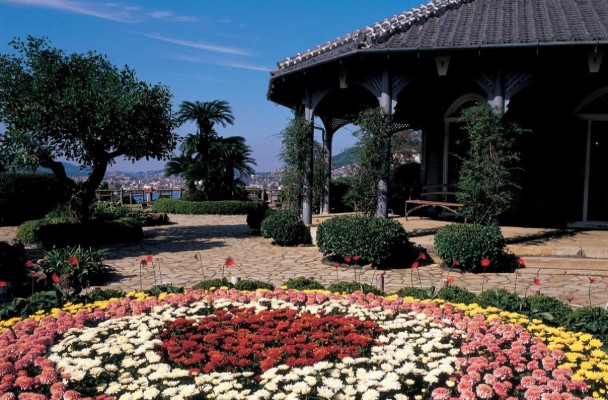

Comments